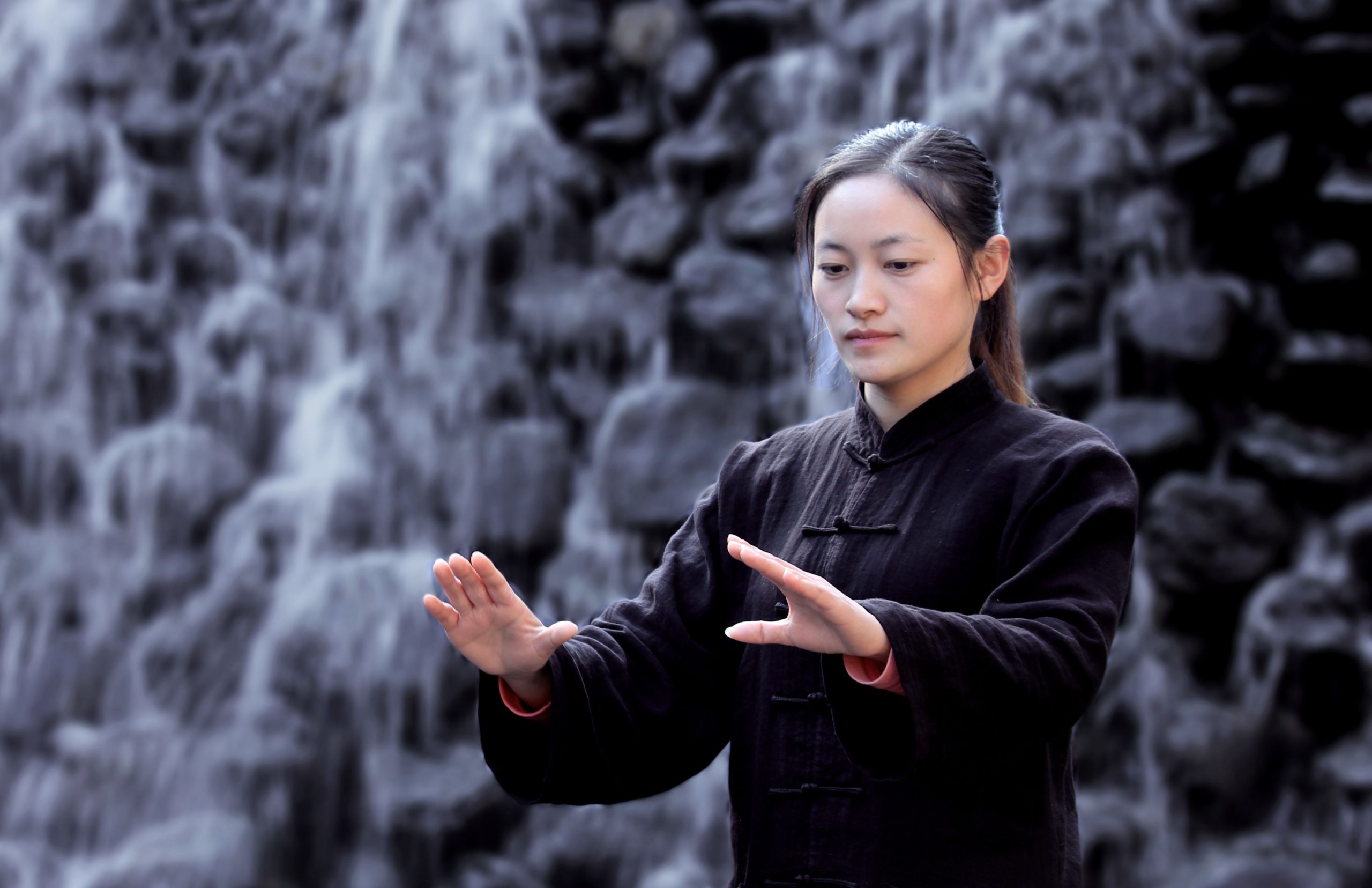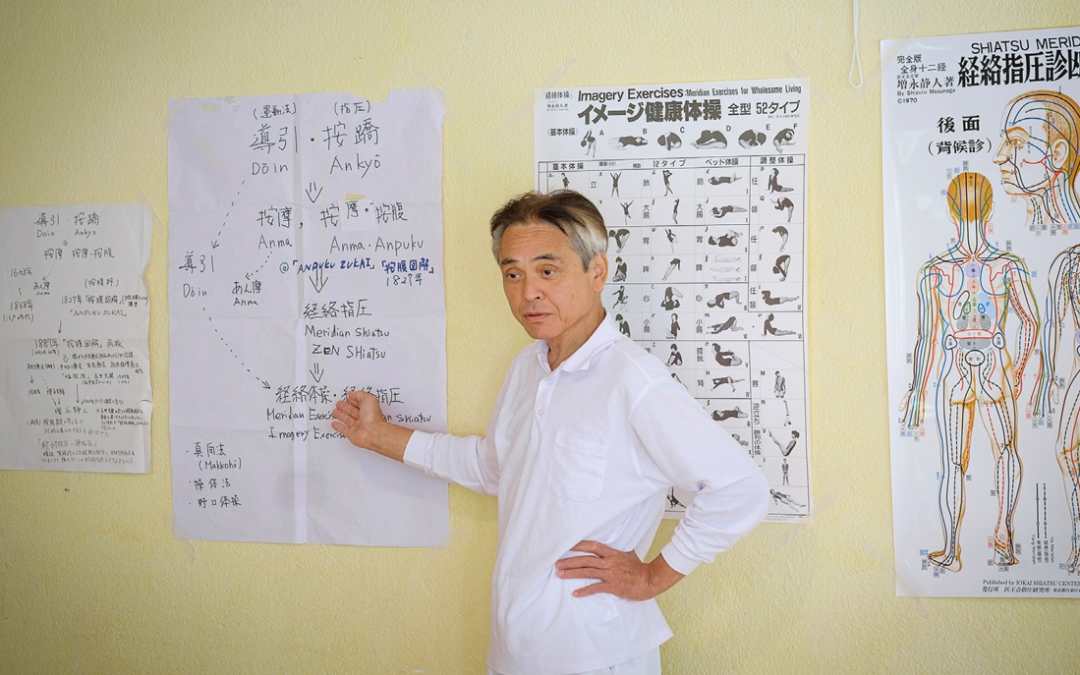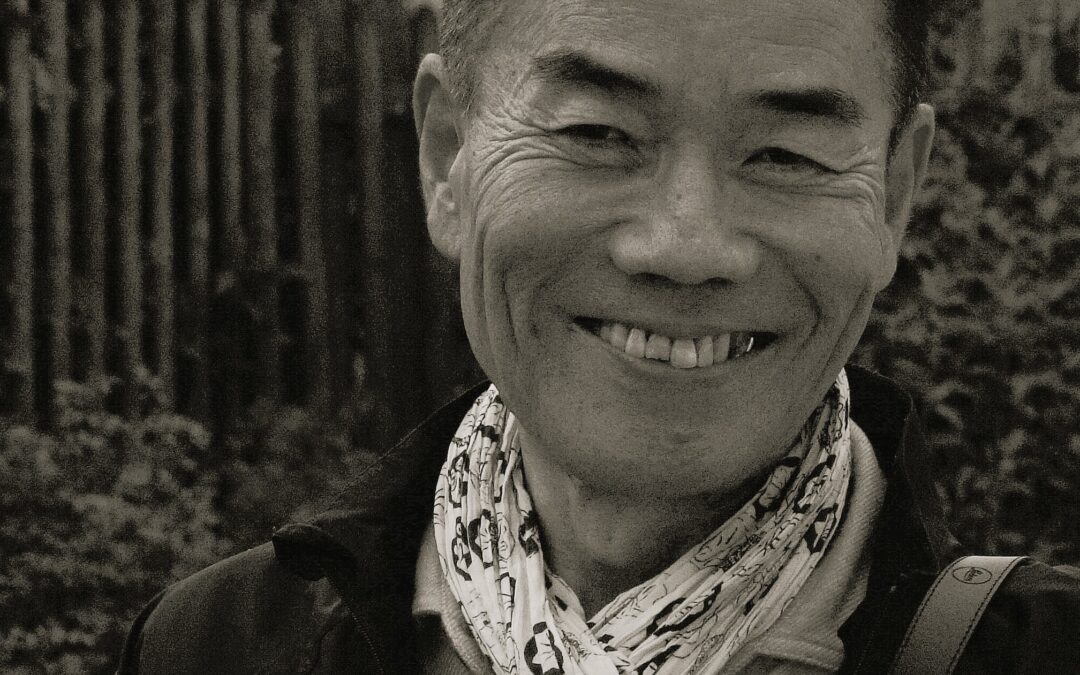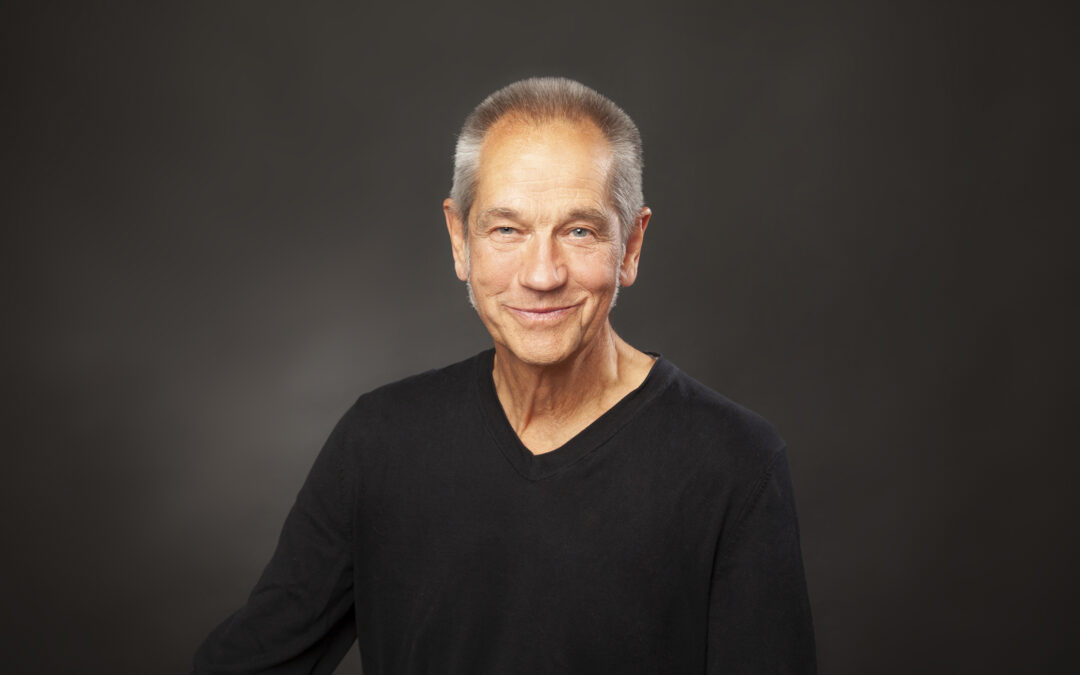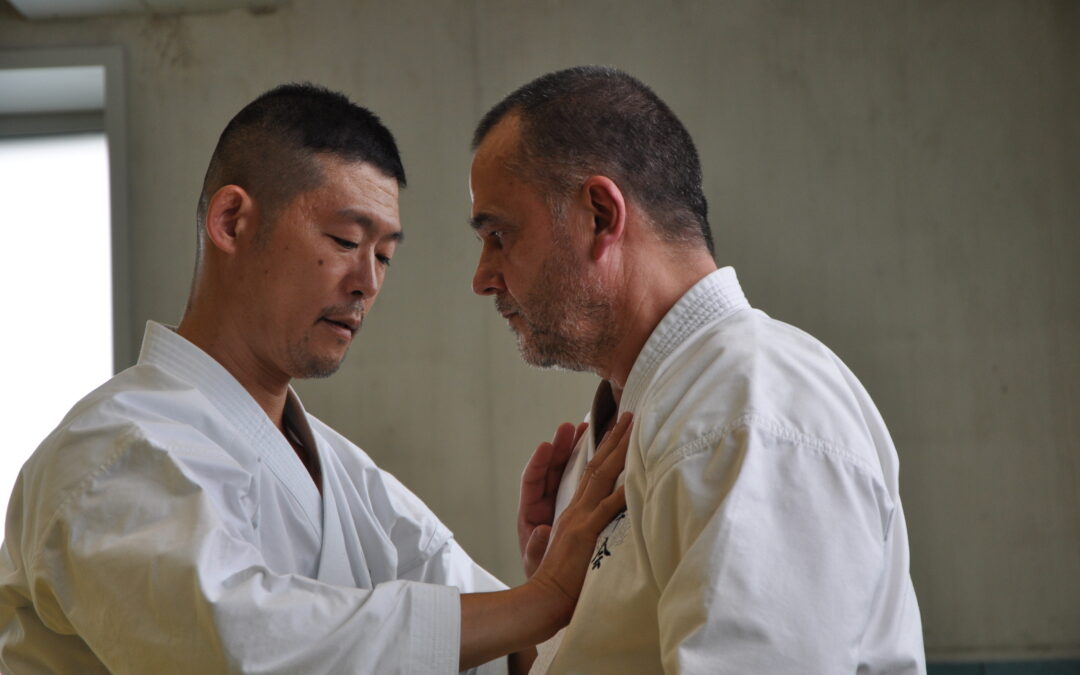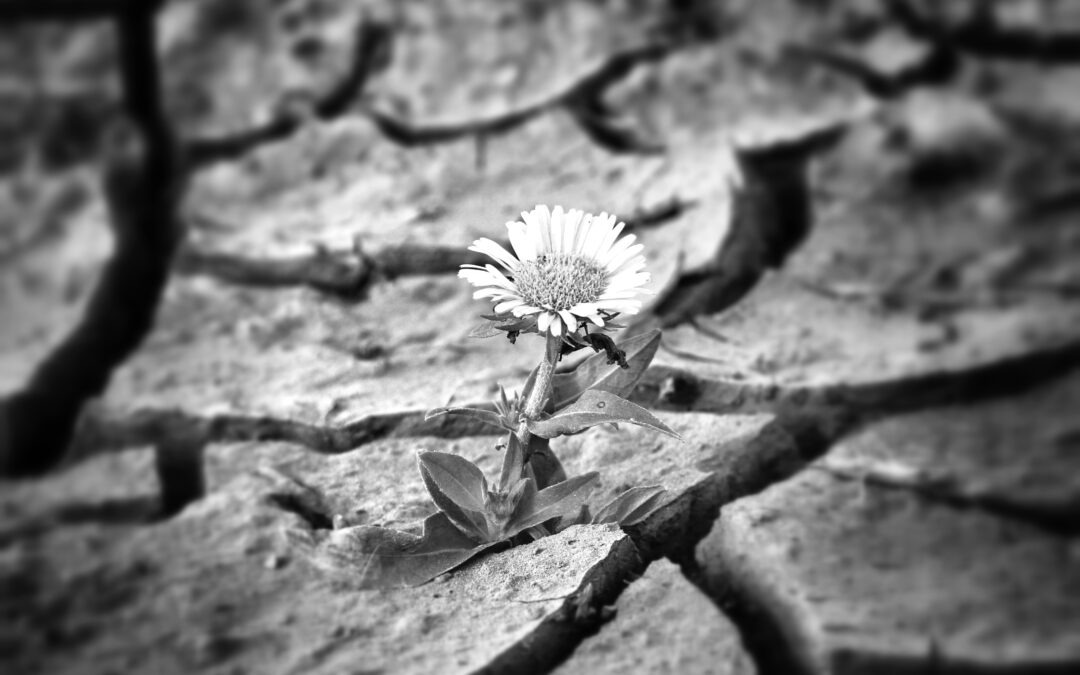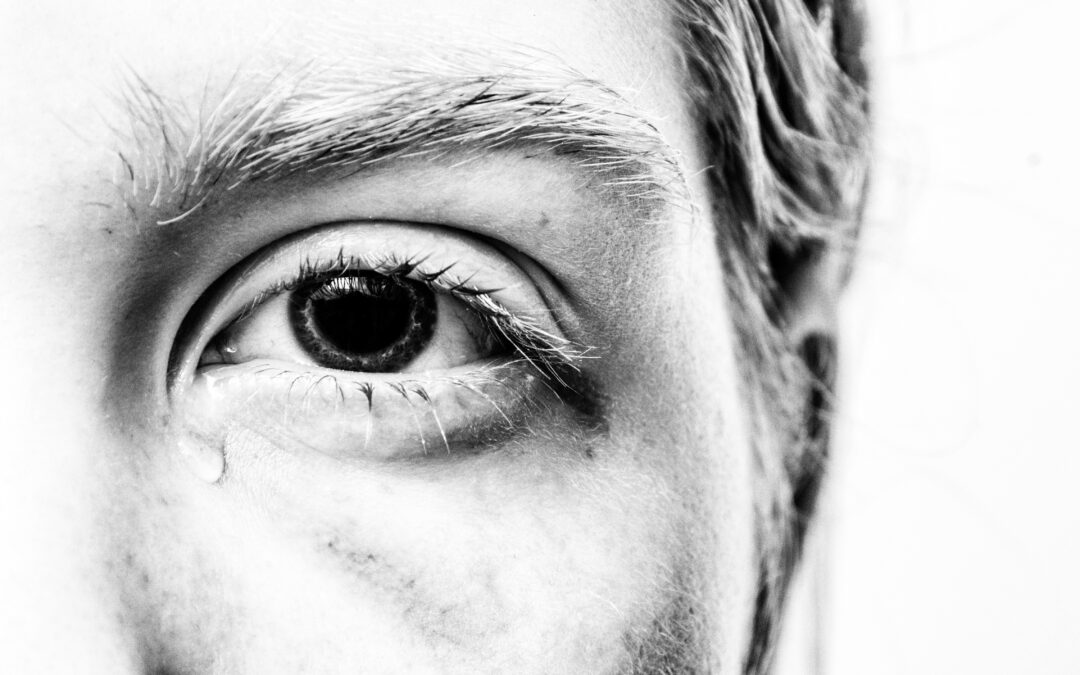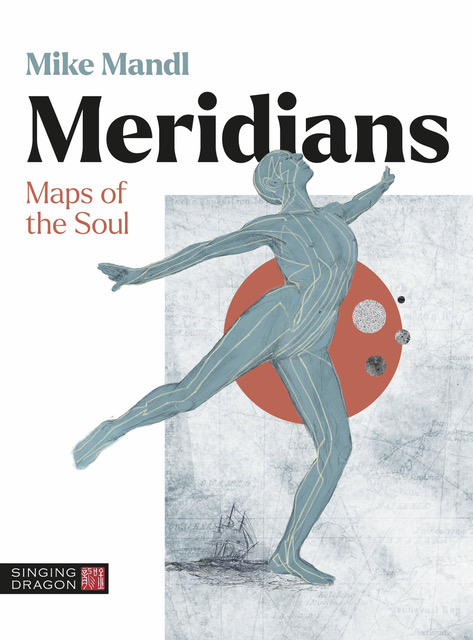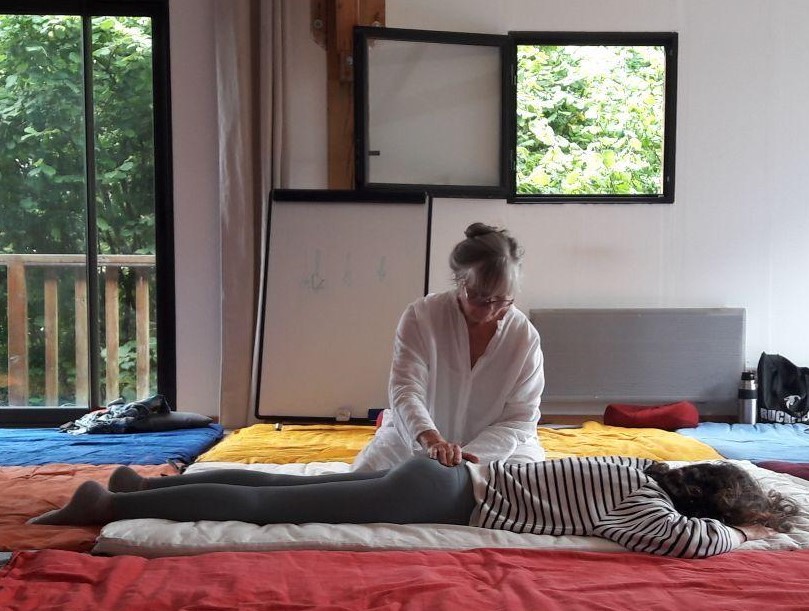When Do prevails over Jutsu
I have been practicing martial arts for 33 years now and 20 years just for Shiatsu. For years I have been obsessed with studying and learning, which is still the case, but to a lesser extent. I have sought and am still seeking approaches and techniques that allow me to be effective in the face of the problems I encounter. But following this path I have locked myself into the technique (jutsu) doing -if you want- a kind of Shiatsu-jutsu. Of course, the martial experience allowed me to distinguish quite early on the fundamental principles of Shiatsu. For the record, the principles underlie the technique and not the other way around. While working on the principles, I gradually left the techniques to let myself go more to the inspiration of the hands and the body. Finally, like in a game of Tetris, I saw the pieces of the puzzle forming a larger and deeper picture of Shiatsu and it’s not over yet. When I left to live in Africa, I had to slow down my pace of work, which allowed me to immerse myself more in reading and meditation. As I resumed treatments in France over the last 8 months, I realized that my technique had changed. At first I was surprised and spent some time analyzing how it had evolved and in what extent. As in sports, the variations in the intensity of the work, the breaks, but also all the other contributions come to nourish the practice. This is why Shiatsu is a Way (Do). The years being added to the years, we always discover more layers to what we already knew, but in a superficial way. After 20 years of intensive work and study, it is barely possible to feel the directions in which Shiatsu pushes us, but it is impossible to know where it takes us. This is what walking on the Path is all about. And the most wonderful thing is to understand: there is no end to this journey.
Why?
Because technique is an end in itself, and it always leads to a dead end once it is acquired. At that point you go around in circles, you get bored and finally you run out of breath, you lose the passion. This is what I have often seen in physiotherapists and osteopaths after 20 or 30 years of work. On the other hand, a Way is a path that leads to discover the human being that we are, a path towards the inward.

The truth is, to get there we have to make a double journey: the one that makes us walk on the surface of the world to find masters and learn new things and the one that makes us enter into ourselves to make our art resonate with all the layers of our being. And there are so many strata, with so many nuances and evolutions according to age, place, climate, food, emotions, encounters that we feel it is endless. This allows us to walk without limits, always further and, above all, always deeper. As a result, we progress, we are never bored and we increase our inner breath more and more.
Shu, Ha, Ri
I have already addressed these themes on various occasions, but let’s review again the three stages of learning any art as the Japanese have cleverly defined it.
- Shu: At the beginning, we imitate our teacher, trying to copy the movements and decode the theories. This lasts as many years as it is necessary for each one, more for those who follow several schools, until they feel worthy to assume the role of shiatsushi and dare to start practicing.
- Ha: This is the stage where we try, where we test ourselves and where we start to sort out the techniques by using them on the tatami mat. This is the phase of integration through practice. One could compare it to the “black work” in alchemy. These are years of work with no other goal than to practice and experiment with what has been learned. It is also the beginning of the polishing of technique and personality, passing little by little from student to practitioner.
- Ri: Finally, a beginning of maturity is emerging and we can start teaching. The concepts become clearer and the technique has been tried and tested a thousand times. We have rejected that which is not useful to us, that which is superficial or has too many details to start simplifying and moving towards the essence of his art. The continuation of the inner journey consists in polishing the gesture, the spirit, the soul, to blend and become one with the immemorial principles of oriental medicine.
These three stages are well known to martial arts practitioners, but much less so to the Shiatsu public. Of course, there are no clear boundaries in Shu Ha Ri, and often they overlap, cross, and intertwine. Sometimes one has the impression of starting from scratch when one meets a new master, even if this is never quite true. Moreover, each of these three stages of understanding is not similar from one individual to another. It all depends on the involvement and the amount of work done. But Shu Ha Ri are steps common to all those who understand that they are not studying or practicing a technique, but following a Path.
Kotaï, Jutaï, Ryutaï et Kitaï
Within the three previous steps, one can begin to enter into the depths by distinguishing other equally exciting concepts to go through. These new steps represent the way to approach the technique.
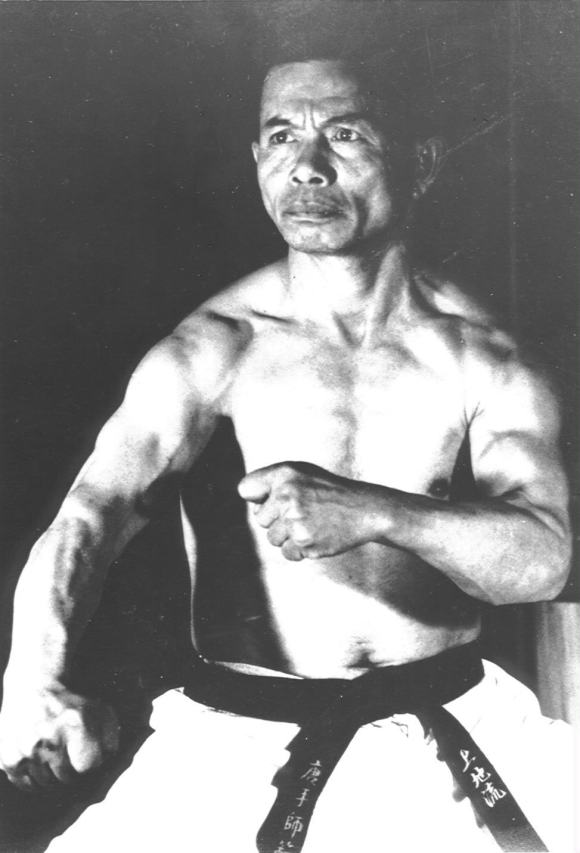
Kotai: literally translated as “hard body”. It is hard work where one tends to either over-press or over-use the muscles of the body. This is what you do when you start and you don’t yet know your limits in terms of strength, endurance over time, energy and mental expenditure. Kotai can also be a very useful work choice when facing certain types of actions or problems that we encounter. Finally, it is the choice of certain schools to work in this way. However, make no mistake: working hard does not mean a lack of flexibility. It is like the bones that holds the human frame. They are solid, powerful, but fortunately they have a certain flexibility that prevents them from breaking with each shock. Therefore, hard work has a roundness that allows it to pass without ever being felt hard. This work is typical of the martial Shiatsu’ schools.
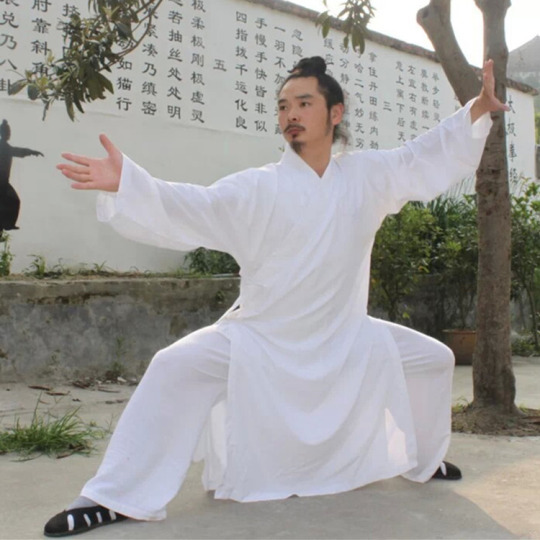
Jutai: litt. “flexible body”. Flexible work requires a different approach to the technique, making it softer and rounder. By default it is often the work of the person who lacks confidence at the beginning, who does not dare to press hard, which is often the case with very strong students who are afraid of hurting or with weak ones. But later on, those who master flexible work understand that it must be incisive, without compromise. To return to the previous image of the human body, it could be the muscles. Muscles are soft in relation to bones, but the movements they create are unstoppable, clear, well-directed, and they can become hard at any time. The mistake is to work flexibly, but without power, otherwise you get a soft technique without energy and above all, without result. This is typically the work of Masunaga, who with gentleness presses deeply and without embellishment to avoid pain. It was necessary to go to the heart of the pain.
Ryutai: litt. “free body”. This time the work is free, the techniques go from hard to soft, but also from deep to surface, from fast to slow, mixes stops and restarts, becomes staccato to pass to pianissimo. The practitioner plays with all the technical registers he knows, invents new ones, truly composes a symphony guided by the heart and played by the hands without even thinking about it. The advantage of this step is that he can choose what he wants to do. For the practitioner it is a stage of pleasure, almost of playing, which is counterbalanced by listening and knowing the effects of each movement, depth of pressure, rhythm. This is the beginning of mastery. To stay in the metaphor of the body, once the bones and muscles work together, one can play, dance, do acrobatics and joy arises.
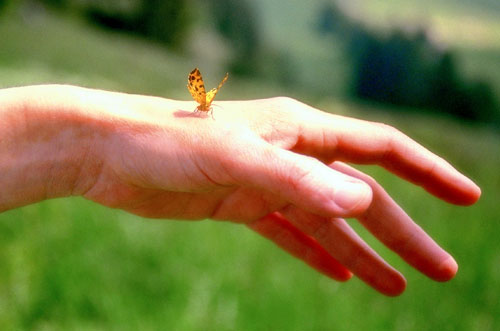
Kitai : litt. ” body energy “. This time the practitioner’s body is one with his energy. And through this energy, it reaches the depths of the receiver. It is a kind of second time where the practitioner no longer does what he wants, but where he realizes what the body of the receiver expects. For this, the technique is guided by an intense listening at all times, which offers an instantaneous reactivity to what he feels in the other person. This connection of energy from one to the other blurs the boundaries of the body. All advanced practitioners are familiar with this feeling where the two are one, where one can work in the other while working within oneself, while remaining each independent of the other. To finish the metaphor of the body, this is the moment when one knows the other so well that it is no longer necessary to move or speak. One look is enough to understand each other and to know what the other needs.
Of course, once again, the boundaries between the different types of work are neither clear nor absolute and there is always a way to get back to one or the other. But as the years go by, each step becomes more and more obvious.
In my experience, we go through Shu Ha Ri all the time and in each of these three levels we experience hard, soft, free and energetic work. Even if each step of our progression is not always clear as to its beginning or end, I am convinced that we must go through them all. As a beginner, I am familiar with work ranging from hard to energetic, an experience I had while I was still at school. As a practitioner, I have experienced these same four types of work, during the tens of thousands of hours of service to people. And while teaching, I do the same in every course, in every internship. To be clearer, one can teach at the beginning, being carried away by enthusiasm and forcing students to go fast. Over time, you soften the teaching, and then you start playing with your audience. Finally, you don’t say anything, you show while being able to take the students where you want them.
Some preliminary conclusions
It is important to understand or infer several things from this. First of all, we are only talking here about a first degree of deepening the art of Shiatsu and its Path promises us many more. Secondly, when one has the impression of no longer succeeding and returning to a more basic or harder form, this is not necessarily a sign of regression, but that it may be the crossing of one of the Shu Ha Ri stages. Therefore, one should not torture one’s mind too much and blame oneself. You must continue, again and again, to practice, to put your fingers down, to take back the basics, to work on yourself and on others.
Then, when you find a technique that works well, you can be satisfied with it, but under no circumstances should you stop there, because that would be an end to its progress. Do not cling to this technique and continue to walk in the wonder and joy of the Shiatsu Path, there lies the strength of the practitioner.
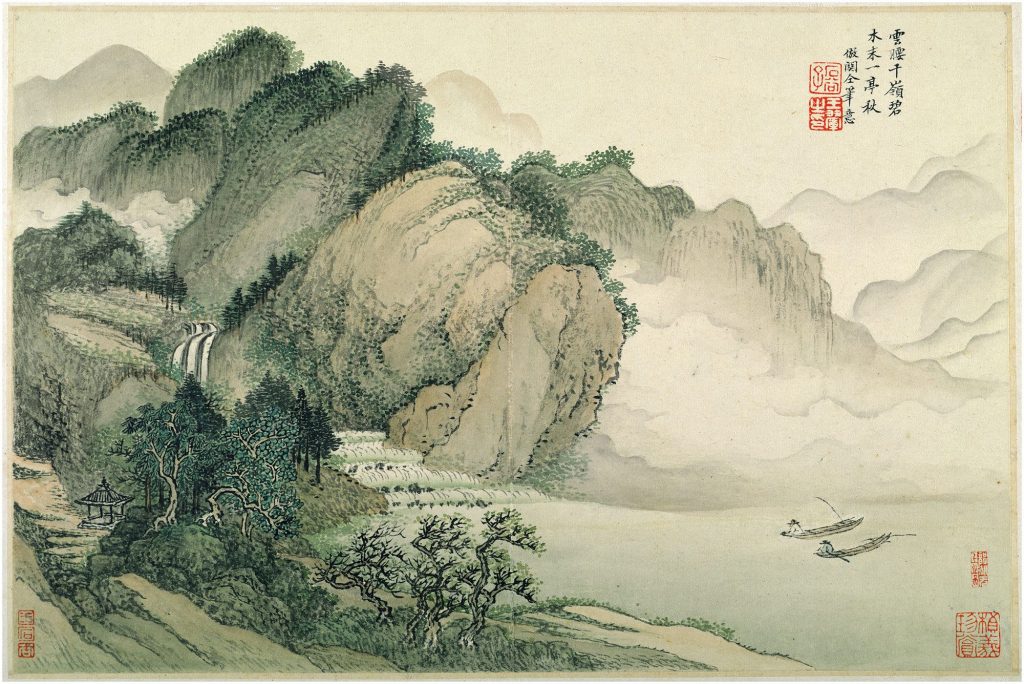
It is also necessary to be aware of the moments when one practices by choosing the art and the way, which is completely different than when one works in a certain way due to lack of choice, lack of tools or lack of knowledge.
And still, I have not yet spoken about the time it takes to go from one level to another, the challenges that life and patients bring us to help us progress, the trays without progression that are like so many desert crossings; there is something for all practitioners and for all levels.
Thus, the apprentice is always a practitioner, the practitioner is always a teacher, and the teacher is always an eternal beginner. Shoshin.
Good practice!
Author: Ivan Bel
- Free online class: Treating the Neck with Ivan Bel - 21 March 2024
- Summer intensive course: back to the roots of Shiatsu – 7 to 13 July 2024, with Ivan Bel - 27 December 2023
- Interview with Wilfried Rappenecker: a european vision for Shiatsu - 15 November 2023
- Interview : Manabu Watanabe, founder of Shyuyou Shiatsu - 30 October 2023
- Interview Mihael Mamychshvili: from Georgia to Everything Shiatsu, a dedicated life - 22 April 2023
- Biography: Dr Haruchiki Hirata 平田内蔵吉 (1901-1945) - 21 April 2023
